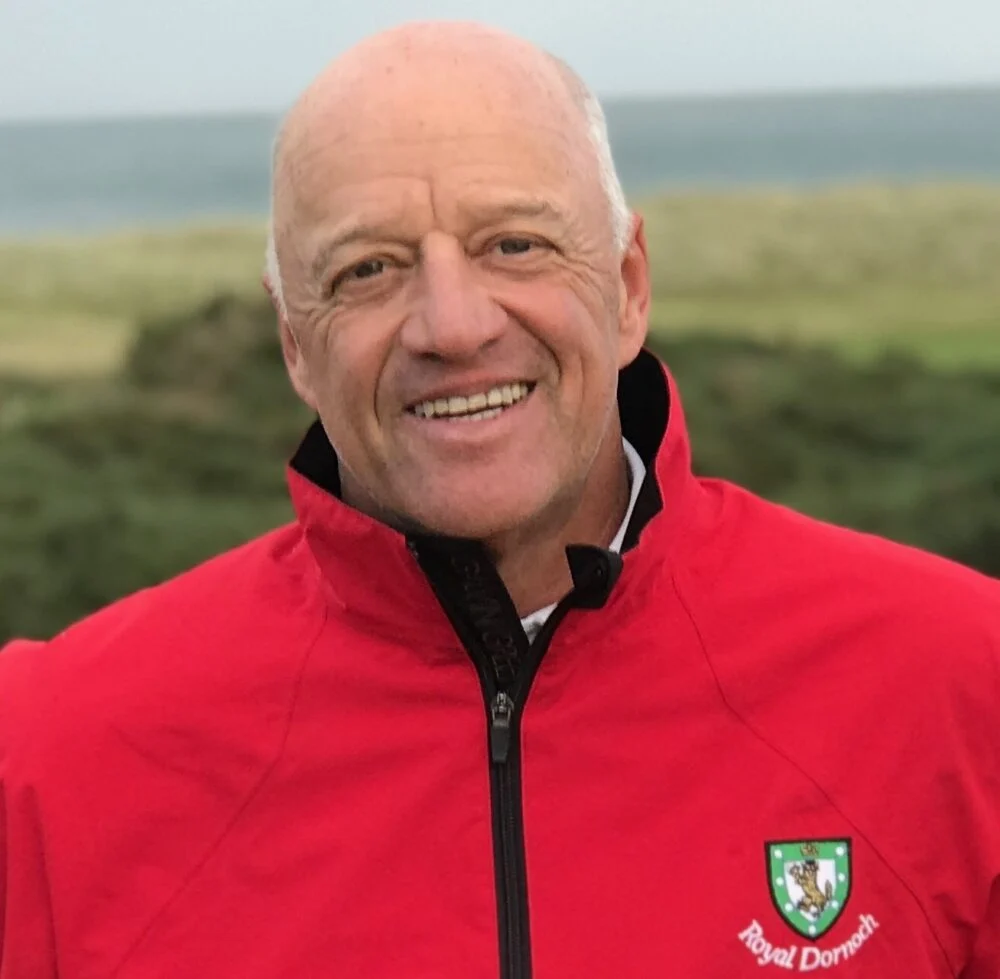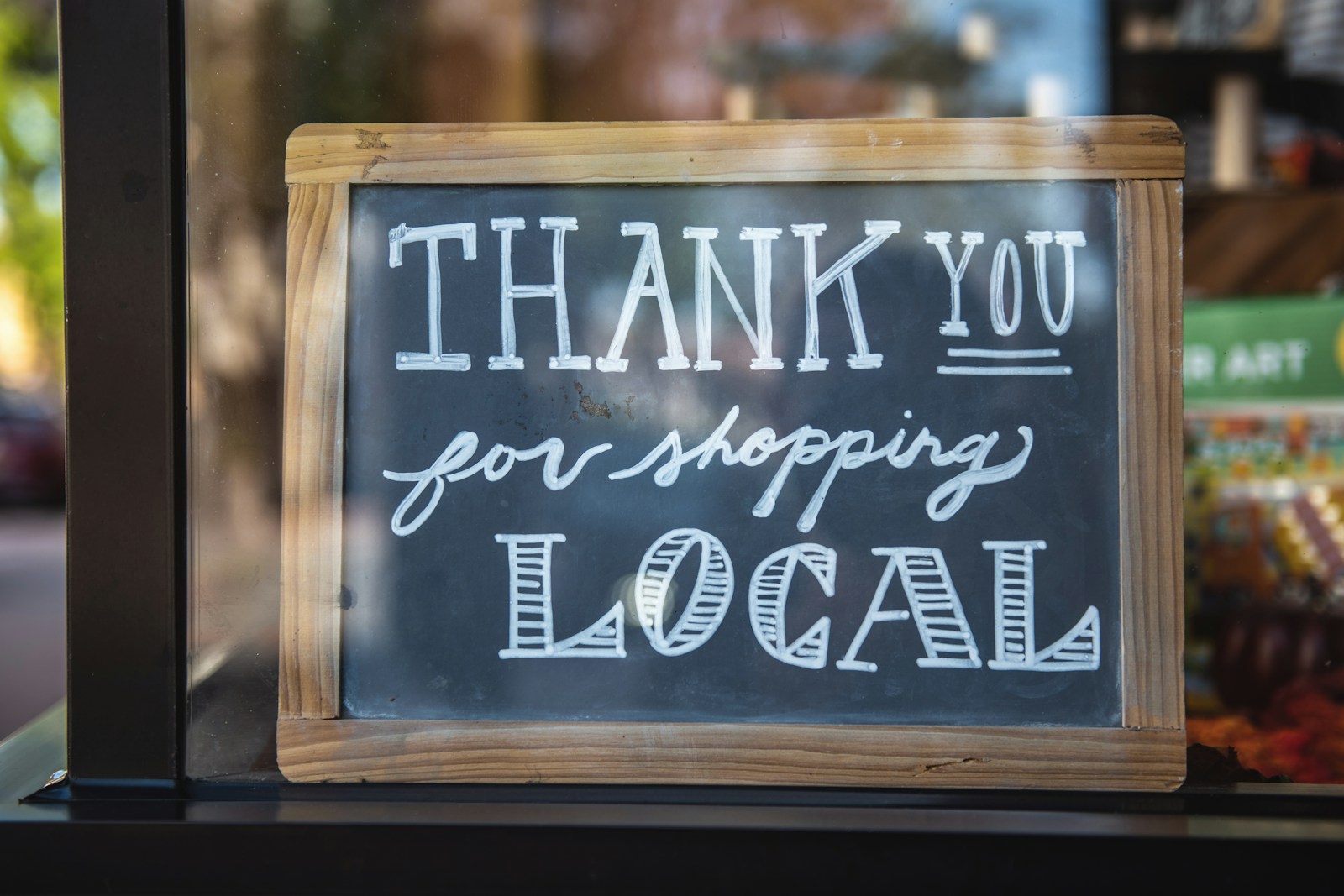Community Partnerships Creating Safety Nets for At-Risk Youth
Community Partnerships Creating Safety Nets for At-Risk Youth
In today’s rapidly changing world, at-risk youth face numerous challenges that threaten their well-being and future. Issues such as poverty, family instability, and limited access to education can create barriers that are difficult to overcome. However, community partnerships creating safety nets for at-risk youth are emerging as powerful solutions to address these challenges. By fostering collaboration among schools, non-profit organizations, businesses, and local governments, communities can create a supportive environment that nurtures and protects vulnerable young individuals.
The Importance of Community Partnerships
Community partnerships play a pivotal role in developing comprehensive support systems for at-risk youth. These collaborations leverage the strengths and resources of various organizations to provide holistic services tailored to the specific needs of young people. When different entities unite, they can create a multi-faceted approach that addresses various aspects of a young person’s life, including education, mental health, and social engagement.
Here are some critical components of effective community partnerships:
- Shared Vision: All partners must align on a common goal—ensuring the safety and success of at-risk youth.
- Resource Exchange: Partners can share financial resources, expertise, and manpower to maximize their impact.
- Community Engagement: Involving local residents and stakeholders ensures the programs meet the actual needs of the youth.
Building a Strong Foundation
To successfully create safety nets for at-risk youth, it is essential to establish a strong foundation of trust and communication among all partners involved. Regular meetings, joint training sessions, and collaborative program development can help build rapport and ensure that everyone is on the same page. When partners communicate openly, they can more effectively identify gaps in services and work together to address them.
Moreover, engaging the youth themselves in the process is crucial. By listening to their needs and incorporating their feedback into program planning, partnerships can create more relevant and effective initiatives. Whether through surveys, focus groups, or youth advisory boards, giving young people a voice empowers them and fosters a sense of ownership over their future.
Types of Programs and Initiatives
Community partnerships can lead to the development of various programs designed to support at-risk youth. Some examples include:
- Mentorship Programs: Pairing at-risk youth with positive role models from the community can significantly improve their self-esteem and outlook on life.
- After-School Activities: Providing safe, engaging enrichment activities can keep young people off the streets and promote personal development.
- Job Training and Internships: Connecting youth with local businesses for job training prepares them for future employment and instills life skills.
Each of these initiatives can be tailored to reflect the unique demographics and needs of a community, ensuring that the interventions are relevant and impactful. With the right support, at-risk youth can build a brighter future for themselves, breaking the cycle of poverty and despair.
Measuring Success
For community partnerships creating safety nets for at-risk youth to be effective, it’s essential to measure their success. This can be achieved through various metrics, including:
- Improved Academic Performance: Tracking grades and school attendance can indicate the effectiveness of educational support initiatives.
- Participation Rates: Monitoring the number of youths engaged in programs can reflect community interest and the program’s reach.
- Feedback from Participants: Surveys and interviews with youth can provide qualitative insights into the program’s impact on their lives.
By continually evaluating and adjusting programs based on these metrics, community partnerships can enhance their effectiveness and ensure that they are genuinely meeting the needs of at-risk youth.
Call to Action
Community partnerships are crucial for creating a safe and supportive environment for at-risk youth. If you’re a business owner, educator, or community leader looking to make a difference, consider how you can contribute to these efforts. Collaborating with local organizations can amplify your impact and enhance the safety nets available to vulnerable young people in our community.
Together, we can ensure that every young person has the opportunity to thrive. Contact us today to learn more about how to get involved in community partnerships creating safety nets for at-risk youth. Your support can change lives and build a brighter future for our children.
Keywords: community partnerships, at-risk youth, safety nets, youth empowerment, Long Island resources, mentorship programs, community support, mental health services, educational opportunities, youth engagement, collaboration for change, prevention initiatives, family support services, social services, local stakeholders
popular news & articles
Suffolk County, located on Long Island in New York, is […]
Spring Cleanups and Green Initiatives: How to Make Long Island More Sustainable : Community Building
Spring Cleanups and Green Initiatives: How to Make Long Island […]
Access to Healthcare: Expanding Services for a Healthier Suffolk County […]
Suffolk County, nestled on the eastern tip of Long Island, […]
news via inbox
Stay Connected

The Honorable Paul J. Tonna is a distinguished public servant, community advocate, and seasoned leader with a career marked by dedication to environmental sustainability, social equity, and community development. Serving as a Suffolk County Legislator for twelve years, including three years as Presiding Officer, Tonna played a pivotal role in advancing public health, environmental conservation, and workforce housing initiatives… Read More
Learn more about Paul Tonna at his website PaulTonna.com
Related Articles
Paul Tonna serves as Molloy College’s Executive Director for The Energeia Partnership, a leadership academy dedicated to identifying and addressing the serious …
The Honorable Paul Tonna serves as Vice Chairman and Executive Vice President of Corporate Affairs for American Health Group.
Paul Tonna joined the South Huntington Water District as a Commissioner in March, 2006, bringing with him a diverse background including experience in …
Mr. Paul Tonna is a former healthcare executive, elected official, and university adjunct professor. Paul currently serves as executive director of Molloy College’s leadership academy, The Energeia Partnership, Suffolk County…
Paul Tonna, Managing Partner, Fun Facts, Deborah Young, Director of Operations & Finance, Fun Facts, Patricia Miller, Partner, Real Estate Development.
Paul J. Tonna – Public Service Leader and AERTC Advisory Board Member | Championing Sustainable Energy Solutions and Community Development.









